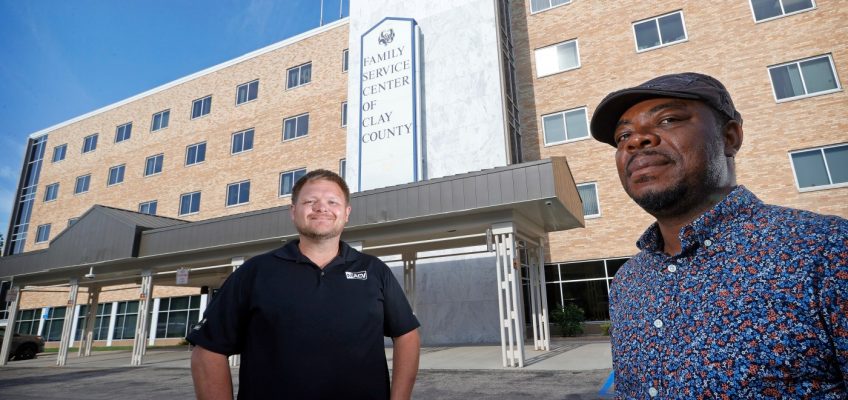Saints starter Aaron Rozek took the loss in the Saints’ 5-2 loss to the Scranton/Wilkes-Barre RailRiders on Sunday afternoon at CHS Field, but the 29-year-old Burnsville native was one of few bright spots for the home team on an otherwise gloomy day.
Rozek retired the first 10 batters he faced before a double and a single gave the RailRiders a 1-0 lead in the fourth inning. They proved to be the only batters to reach base in Rozek’s six innings of work.
It was a solid turnaround for left-hander, who was roughed up in his previous two outings. He gave up a career-high 10 hits and five runs in 4 2/3 innings against Indianapolis on August 15 and six runs — five earned — in four innings to open the homestand against the RailRiders.
“It’s always nice to give your team a shot at winning,” Rozek said. “That’s all you can ask for as a starter. Whatever the line is, as long as we’re in the ballgame, I did my job.”
Rozek entered the game with a 0-3 record and an earned-run average of 7.67. But his struggles didn’t lead to any drastic changes on Sunday, he said.
“I was more in the zone than Tuesday,” Rozek said. “A little more confidence, I guess. Pitching to contact is my game, and you can’t really shy away from that.”
But there are a couple of things he has been working on of late.
“Sweepers in the zone have been a difficulty since I’ve been up here, so honing in on that,” Rozek said. “And pitch quality. Not really (throwing to the) heart of the zone, but picking my
spots and throwing to those.”
Rozek, who was signed by the Twins as an undrafted free agent in June of 2021, is in his third stint with the Saints this season after starting the season at Double-A Wichita.
Asked if he felt Sunday was an important game for him, Rozek said, “Every game is important. You try not to fixate and let pass results linger. Every game is Game 1.”
Especially if the goal is to avoid another trip down to Double-A.
“You try to keep it out of the back of your mind,” Rozek said. “It’s always there, but it’s completely out of my hands. I try to control what I can control.”
Sunday’s start is something he can build on.
“There’s always learning points, good bad or ugly,” Rozek said. “So it’s diving deeper — maybe not today, but Monday and Tuesday — leading up to the next one. Seeing what I did well; seeing what I can work on.”
Rozek said he had approximately 10 family members and friends at the game. That’s down from the 50 who showed up when he had his Saints debut in April.
“We’ll always have family here,” Rozek said. “This is their first opportunity to see me pitch professionally. It’s always fun having them in the stands. It’s always fun to see familiar faces in the crowd. I had my high school head coach and high school pitching coach here the other week.”
Rozek pitched at Minnesota State-Mankato before turning to independent baseball following graduation in 2018. The Saints were an independent team at that time, and Rozek’s goal was to play for them.
Now, of course, the goal is to play for the Twins.
“It’s kind of come full circle,” Rozek said.
Briefly
Twins infielder Brooks Lee, on rehab assignment (right biceps tendinitis), had a pair of doubles and a single in four at-bats before leaving the game in the top of the eighth.
Related Articles
Three-run homer in 9th sends Saints to 6-3 loss to Scranton/Wilkes-Barre
A streak of a different kind: Saints beat Scranton/Wilkes-Barre for third in a row
Dobnak back with Saints while thankful for return to Twins
St. Paul Saints end 10-game losing streak with massive comeback
Saints’ Morris is latest prospect in Twins’ arms race




